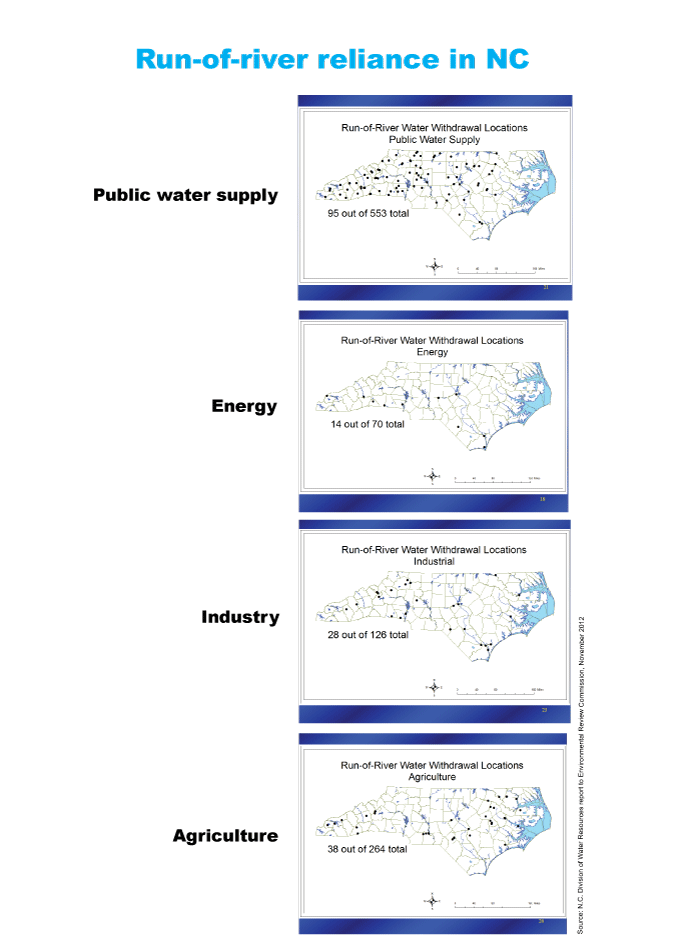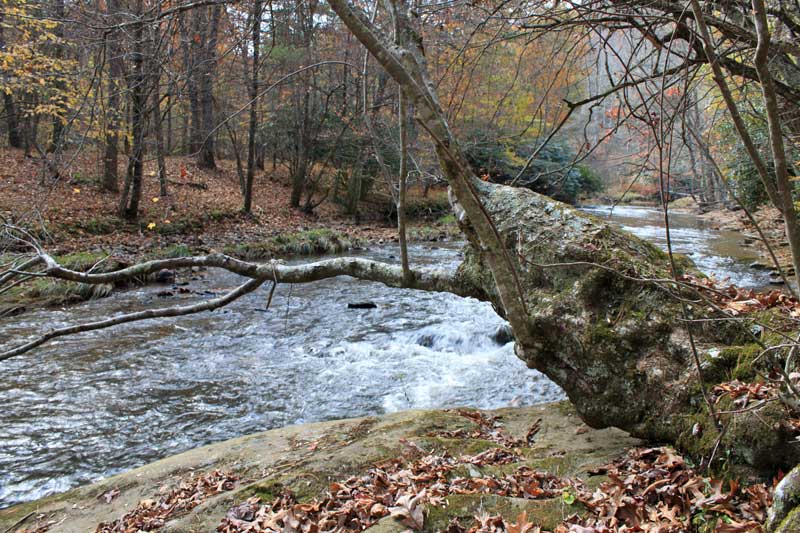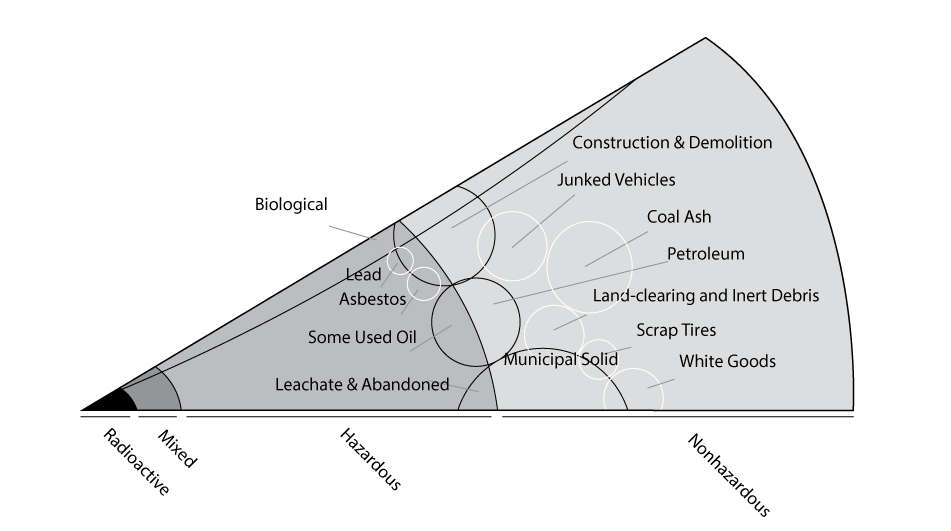Rulemaking authority in N.C. — are rules legally as powerful as statutes?

What is the power of an agency rule? The longstanding canard is that a rule has the force of law, just like a statute. So, for example, rules can alter the common law:
Where an agency has the authority to act, its rules and regulations have the binding effect of statutes and may accordingly alter the common law. Taylor v. Superior Motor Co., 227 N.C. 365, 367, 42 S.E.2d 460, 461 (1947) (noting that “proper regulations authorized under the Act have the binding effect of law,” because such regulations “are the tools used to effectuate the policy and purposes of the Act.”)
In re Declaratory Ruling by NC Comm’r of Insurance Regarding 11 N.C.A.C. 12.0319, 134 N.C. App. 22, 30 (1999).
Similarly, the view has long and generally been that agencies are bound by their own rules, since the rules are, essentially, just like statutes. See, e.g., Snow v. Board of Architecture, 273 N.C. 559 (1968); 2 Am. Jur.2d Administrative Law § 350 (1962) (“Procedural rules are binding upon the agency which enacts them as well as upon the public of the agency, and the agency does not, as a general rule, have the discretion to waive, suspend, or disregard in a particular case a validly adopted rule so long as such rule remains in force.”).
But here’s another conundrum about rules: they don’t always get treated with the same legal respect as statutes, despite what some court opinions say, and what the Administrative Procedures Act seems to imply about them.
Read More →







